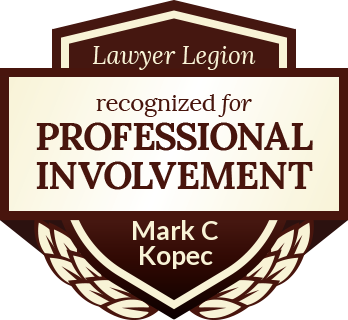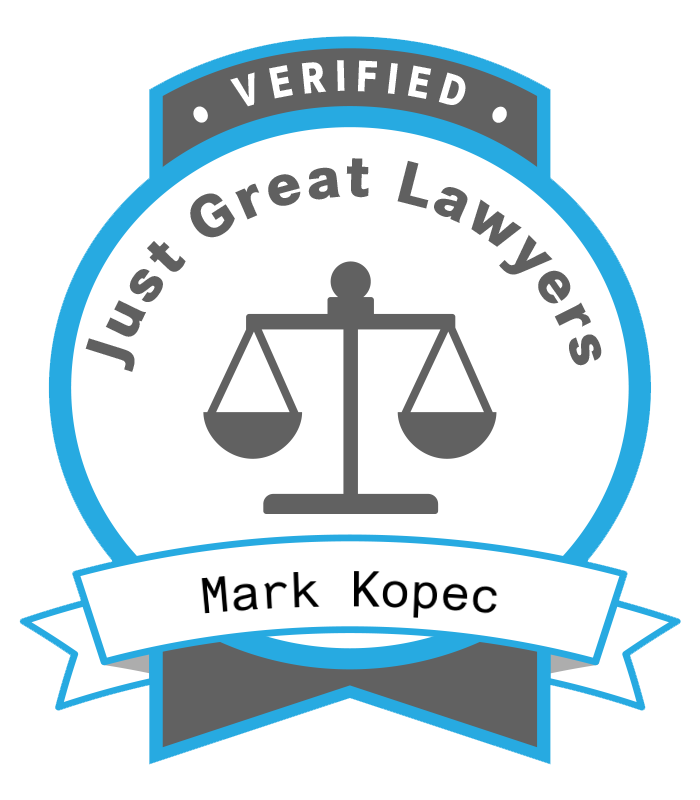Stroke Misdiagnosis $70.8 Million
The $70.8 Million Error: Why an ER Misdiagnosis and Discharge for the ‘Worst Headache’ Became a Catastrophic Stroke
The emergency room is the ultimate safety net. It is a place where rapid, high-stakes decisions mean the difference between life and death. When a patient presents with a classic, high-alert symptom, the standard of care requires that medical providers operate with an immediate, diagnostic urgency. For conditions like stroke, every second counts. Consequently, misdiagnosis of a stroke can have permanent life-altering effects.
Yet, in a recent case, a jury delivered a monumental $70.8 million medical malpractice verdict that serves as a tragic, resounding condemnation of an Emergency Department’s failure to act on a ticking clock. The case centered on a 42-year-old woman whose life was irrevocably shattered after she was discharged from the hospital despite presenting with the “worst headache of her life” and critical stroke risk factors.
The hospital gave the patient a “headache cocktail” and sent her home. However, the hospital did not perform a CT scan, and did not consult a neurologist. Less than 30 hours later, she suffered a devastating, preventable stroke. The catastrophic outcome—resulting in blindness, paralysis, and a lifelong need for care—was deemed by the jury to be the direct result of egregious negligence.

What is a Stroke? A Brain Attack Defined
A stroke is a medical emergency that occurs when blood flow to the brain is interrupted, starving cells of oxygen and nutrients. Often called a “brain attack,” this interruption causes brain cells to begin dying within minutes.
Strokes fall into two main categories:
- Ischemic Stroke: The most common type (about 87% of cases), caused by a blood clot that blocks an artery leading to the brain.
- Hemorrhagic Stroke: Caused by a weakened blood vessel that ruptures and bleeds into the surrounding brain tissue.
The specific, and often misdiagnosed, event in the patient’s case here was a Cerebral Venous Sinus Thrombosis (CVST). CVST is a rare type of stroke where a clot forms in the brain’s venous sinuses—the large channels designed to drain blood out of the brain. When these sinuses are blocked, blood is trapped, causing immense pressure to build up. This condition is dangerous because the increased pressure can lead to swelling and, critically, cause a subsequent bleed (hemorrhage) into the brain tissue, which is the mechanism that results in permanent injury.
The Critical Clock & Cost of Misdiagnosis: Symptoms and Risk Factors of Stroke
Recognizing a stroke begins with two crucial elements: the symptoms the patient reports and the risk factors that heighten the possibility of a cerebrovascular event.
General Symptoms and the F.A.S.T. Acronym
For ischemic and hemorrhagic strokes, recognizing the signs immediately is paramount:
- Face Drooping.
- Arm Weakness.
- Speech Difficulty or slurred speech.
- Time to call 911.
CVST-Specific Warning Signs
While traditional stroke symptoms can be present, CVST often presents with less specific, but equally alarming, signs, which demand a high index of suspicion. These must be considered to avoid stroke misdiagnosis.
- Severe Headache: This is the most common symptom, present in the majority of CVST cases, often described as sudden, severe, and persistent, such as the “worst headache of her life” reported by the patient.
- Vision Problems: Blurred or double vision, or even sudden loss of vision, due to the pressure buildup in the head.
- Seizures.
General and CVST-Specific Risk Factors
When a patient presents with a severe headache, physicians must immediately screen for known risk factors that make CVST more likely. This is necessary to avoid stroke misdiagnosis.
| Controllable Risk Factors (General Stroke) | Specific Risk Factors (CVST) |
| High blood pressure | Oral contraceptive use (Birth control pills, due to estrogen) |
| Diabetes Mellitus | Pregnancy and the postpartum period |
| Smoking and high cholesterol | Inherited or acquired clotting disorders (thrombophilia) |
| Heart disease (e.g., Atrial Fibrillation) | Active Infections (especially head or neck) or trauma |
In the patient’s case, the presence of diabetes and recent birth control use alongside the “worst headache of her life” were the twin red flags that should have mandated a full stroke workup.
The Medical Team: Who Assesses a Stroke & is Responsible for Misdiagnosis
The clock starts in the Emergency Department (ED). The ED physician’s duty is to rapidly stabilize the patient and initiate imaging to determine the stroke type.
However, once stroke is a possibility, the standard of care requires immediate involvement of other doctors in other specialties. This includes:
- The Vascular Neurologist (Stroke Specialist): This physician is critical for complex or ambiguous cases, such as CVST, and is responsible for confirming the diagnosis and guiding the specific, time-sensitive anticoagulant therapy.
- The Neuro-Radiologist: This specialist interprets the complex imaging, such as venograms, to definitively locate the clot and assess the extent of brain damage.
The failure to consult a neurologist was a central element of the negligence that led to the $70.8 million verdict.
Diagnostic Tests: What Imaging Reveals
A stroke diagnosis cannot be made by physical exam alone; it relies entirely on rapid and accurate neuroimaging.
| Diagnostic Test | Purpose and Mechanism | Clinical Relevance (What it Shows) |
| Non-Contrast CT Scan | Fast, initial scan using X-rays. | Primarily used to rule out a brain bleed (hemorrhage), which must be confirmed before any blood thinners are given. |
| MRI (Magnetic Resonance Imaging) | Highly detailed scan using magnets. | Detects subtle signs of brain injury (ischemia/infarction) sooner than CT and is superior for visualizing deep brain structures and venous flow. |
| CT Venogram (CTV) / MR Venogram (MRV) | Special imaging that uses contrast dye to highlight veins and venous sinuses. | The definitive test for CVST. It visually confirms the location of the clot (thrombus) obstructing the brain’s venous drainage system. |
By failing to perform even the basic CT scan, the ED physician bypassed the foundational step required to diagnose a brain emergency.
The Life-Saving Intervention: Acute Treatment for Suspected CVST
Once the clot (thrombosis) has formed, the primary medical goal shifts to preventing the clot from growing and causing catastrophic brain damage (venous infarction or hemorrhage), which constitutes the actual stroke event.
Immediate Anticoagulation (Blood Thinners)
The cornerstone of acute CVST treatment is the immediate administration of anticoagulation (blood thinners), usually through parenteral Heparin (either Intravenous Unfractionated Heparin or Low Molecular Weight Heparin, LMWH). This is why stroke misdiagnosis delay is so dangerous.
- Mechanism: Anticoagulants do not immediately dissolve the existing clot. Instead, they work by preventing the existing clot from propagating (growing larger) and stopping the formation of new clots. By halting the clot’s growth, anticoagulation prevents further blockage of the sinuses and gives the body’s natural processes time to gradually reabsorb the clot.
- Timing: Treatment must begin immediately upon diagnosis or even high clinical suspicion, as every hour delayed increases the risk of stroke progression. This treatment is given even when a patient has a hemorrhage (bleeding) associated with the CVST, because the danger of the clot extending is judged to be greater than the risk of the existing bleed worsening under close monitoring.
- Post-Acute Care: After stabilization, doctors transition patients to an oral anticoagulant (like Warfarin) for 3 to 12 months or longer to prevent recurrence.
The 30-hour delay in the patient’s treatment, caused by the negligent discharge, allowed the CVST clot to progress to a severe, hemorrhagic stroke, making her catastrophic injuries entirely preventable.
The Catastrophic Cost of Misdiagnosis: Permanent Stroke Injuries
When the blood supply to the brain is disrupted for a prolonged period, the resulting cell death can lead to profound, permanent neurological deficits.
The $70.8 million verdict reflects the devastating, lifelong consequences of a severe stroke, which include:
- Paralysis or Hemiparesis: Significant weakness or complete paralysis, typically affecting one side of the body. The patient now suffers from left-sided paralysis.
- Vision Loss: Damage to the visual processing centers or the optic nerve due to dangerously high intracranial pressure. The patient was left with blindness.
- Aphasia or Dysarthria: Impairment of language, ranging from difficulty finding words (aphasia) to physical difficulty articulating speech due to muscle weakness. The patient suffers from a neurogenic stutter.
- Cognitive Impairments: Difficulty with memory, attention, executive functions (planning, problem-solving), and also reasoning. The patient has lasting cognitive impairments.
- Neuropsychiatric Issues: Common long-term complications include chronic fatigue, depression, anxiety, and behavioral changes.
- Seizures (Epilepsy): Occurring in a minority of survivors, seizures can be a chronic long-term complication requiring medication.
Conclusion on Stroke Misdiagnosis
The verdict for the plaintiff is a stark reminder to medical facilities across the country. The failure to follow basic diagnostic protocols for a suspected stroke is not just an error in judgment. It is a catastrophic breach of the standard of care.
The $70.8 million verdict specifically provides the necessary resources for the patient’s lifelong care and rehabilitation. However, its greater purpose is to enforce accountability in the emergency room. When a patient’s life hangs in the balance, a severe headache paired with known risk factors must trigger an aggressive, time-sensitive diagnostic response. Any less is medical negligence.
If you or a family member had stroke symptoms, did not receive a stroke work-up, and subsequently had a stroke leaving permanent injury, see below and contact the Kopec Law Firm.
You can read Blog posts about other Verdicts.
Mark Kopec is a top-rated Baltimore medical malpractice lawyer. Contact us at 800-604-0704 to speak directly with Attorney Kopec in a free consultation. The Kopec Law Firm is in Baltimore and helps clients throughout Maryland and Washington, D.C. Thank you for reading the Baltimore Medical Malpractice Lawyer Blog.





